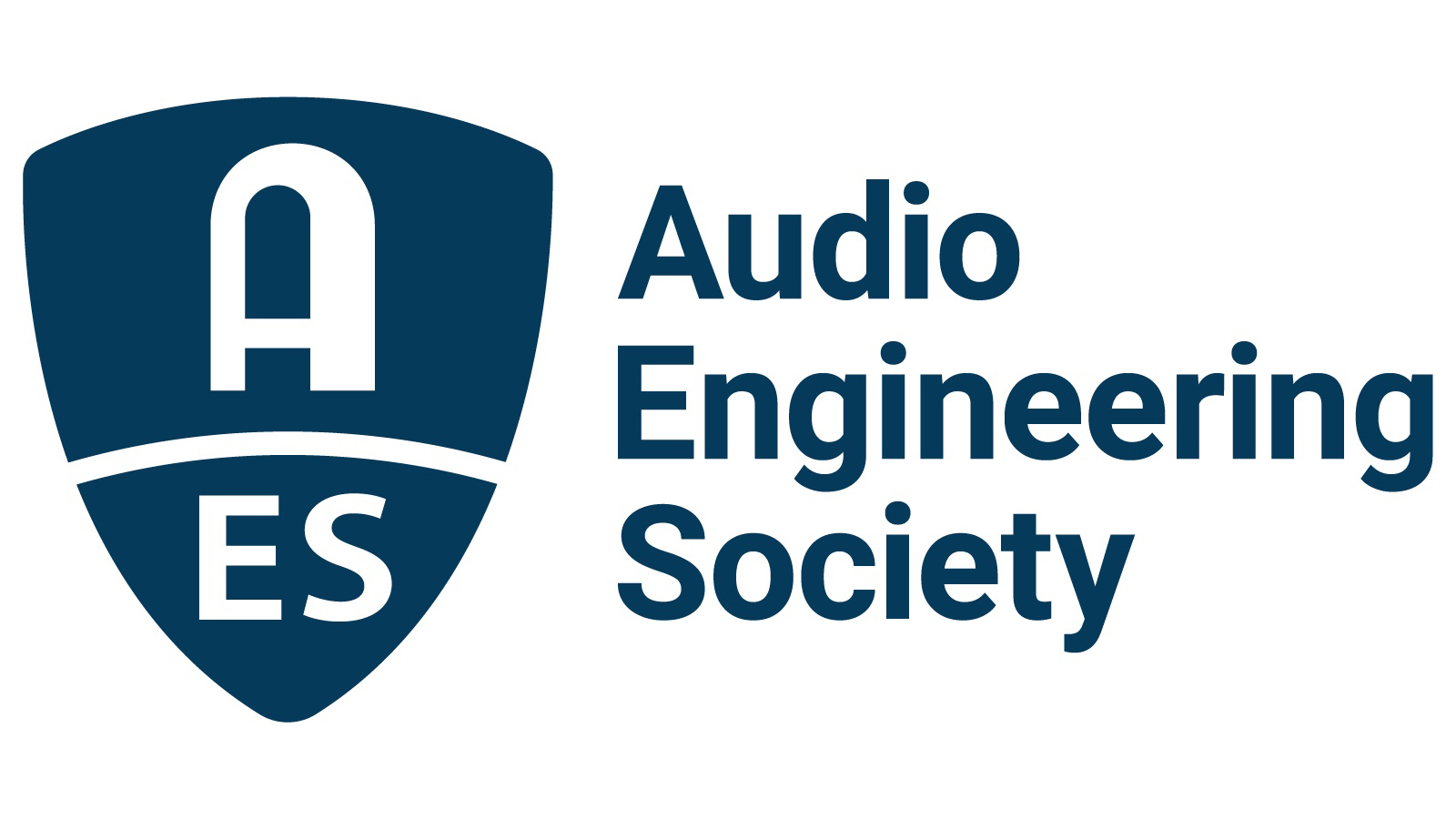

Loudspeaker Equalization for a Moving Listener
Joel Lindfors, Juho Liski, and Vesa Välimäki
Companion page for a paper published in the Journal of the Audio Engineering Society in September 2022.
The Open Access paper can be downloaded here.
Abstract
When listening to loudspeakers, the perceived sound is affected not only by the loudspeaker properties, but also by the acoustics of the surroundings. Loudspeaker equalization can be used to correct the loudspeaker-room response. However, when the listener moves in front of the loudspeakers, both the loudspeaker response and the room effect change. To achieve the best correction at all times, adaptive equalization is proposed in this paper. A loudspeaker-correction system using the listener's current location to determine the correction parameters is proposed. The position of the listener's head is located using a depth-sensing camera, and suitable equalizer settings are then selected based on measurements and interpolation. By correcting for the loudspeaker's response at multiple locations and changing the equalization in real time based on the user's location, a loudspeaker response with reduced coloration is achieved compared to no calibration or to conventional calibration methods, with the magnitude-response deviations decreasing from 10.0 dB to 5.6 dB within the passband of a high-quality loudspeaker. The proposed method can improve the audio monitoring in music studios and other occasions where a single listener is moving in a restricted space.
Example videos
For the sake of demonstrating the subjective experience of the proposed method, we have made a video that allows one to hear what the correction system sounds like in-situ. To contrast this, a similar video has been made for the non-corrected condition. We advice the use of headphones for the best experience.
Video 1: Metal music
Video 2: Electronic music